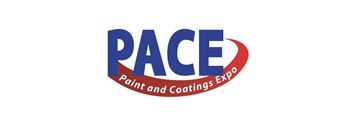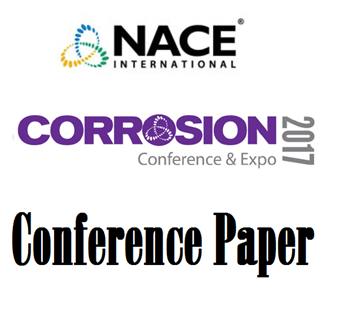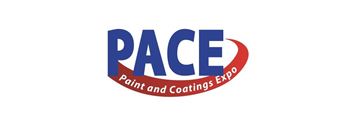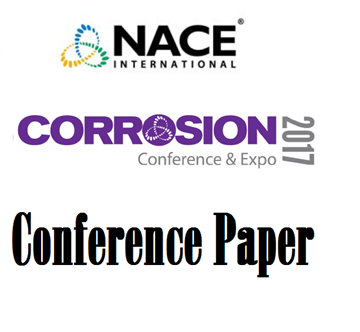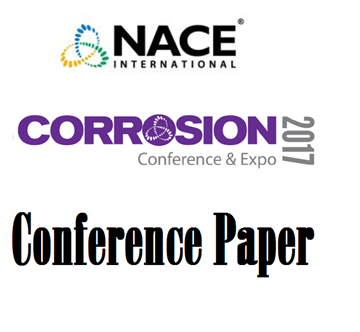Search
NACE Conference Papers
View as
Sort by
Display
per page
Using a Computational Galvanic Model in a Fracture Mechanics Framework to Improve Material Degradation Prediction
Product Number:
51321-16509-SG
Publication Date:
2021
$20.00
Using a Computational Galvanic Model in a Fracture Mechanics Framework to Improve Material Degradation Prediction
Product Number:
51320-14646-SG
Publication Date:
2020
$20.00
Using Dehumidification to Dry a Concrete Slab Prior to Coating
Product Number:
41206-222-SG
Publication Date:
2006
$20.00
Using Digital Image Correlation to Improve Stress-Corrosion Cracking Evaluation by NACE TM0177-B
Product Number:
51317--8992-SG
ISBN:
8992 2017 CP
Publication Date:
2017
$20.00
Using Electrochemical Impedance Spectroscopy to Evaluate Corrosion Behavior of Painted Galvanized Steel in Atmospheric and Soil Exposure
Product Number:
41206-295-SG
Publication Date:
2006
$20.00
Using Failure Analysis to Optimize Corrosion Mitigation Costs
Product Number:
51321-16208-SG
Publication Date:
2021
$20.00
Using Portable Material Property Devices for Pipe Grade Determination
Product Number:
51317--9267-SG
ISBN:
9267 2017 CP
Publication Date:
2017
$20.00
Using Robotic Inspection for Flare System to Avoid Plant Shutdown
Product Number:
MPWT19-14300
Publication Date:
2019
$0.00
Using Simulation to Understand the Difference Between Corrosion in Atmospheric Environments and Chamber Tests
Product Number:
51319-13242-SG
Publication Date:
2019
$20.00
Using Ultrasonic Technique to Determine Fitness for Service of FRP Equipment for Chemical Handling Applications
Product Number:
51317--8861-SG
ISBN:
8861 2017 CP
Publication Date:
2017
$20.00
Utilization Of Adsorption Kinetics Rate Constants To Better Define Corrosion Inhibitor Availability
Product Number:
51321-16861-SG
Publication Date:
2021
$20.00
Utilizing IR4.0 Solutions to Transform a Conventional GOSP to an Intelligent GOSP (iGOSP)
Product Number:
MPWT19-15456
Publication Date:
2019
$0.00



